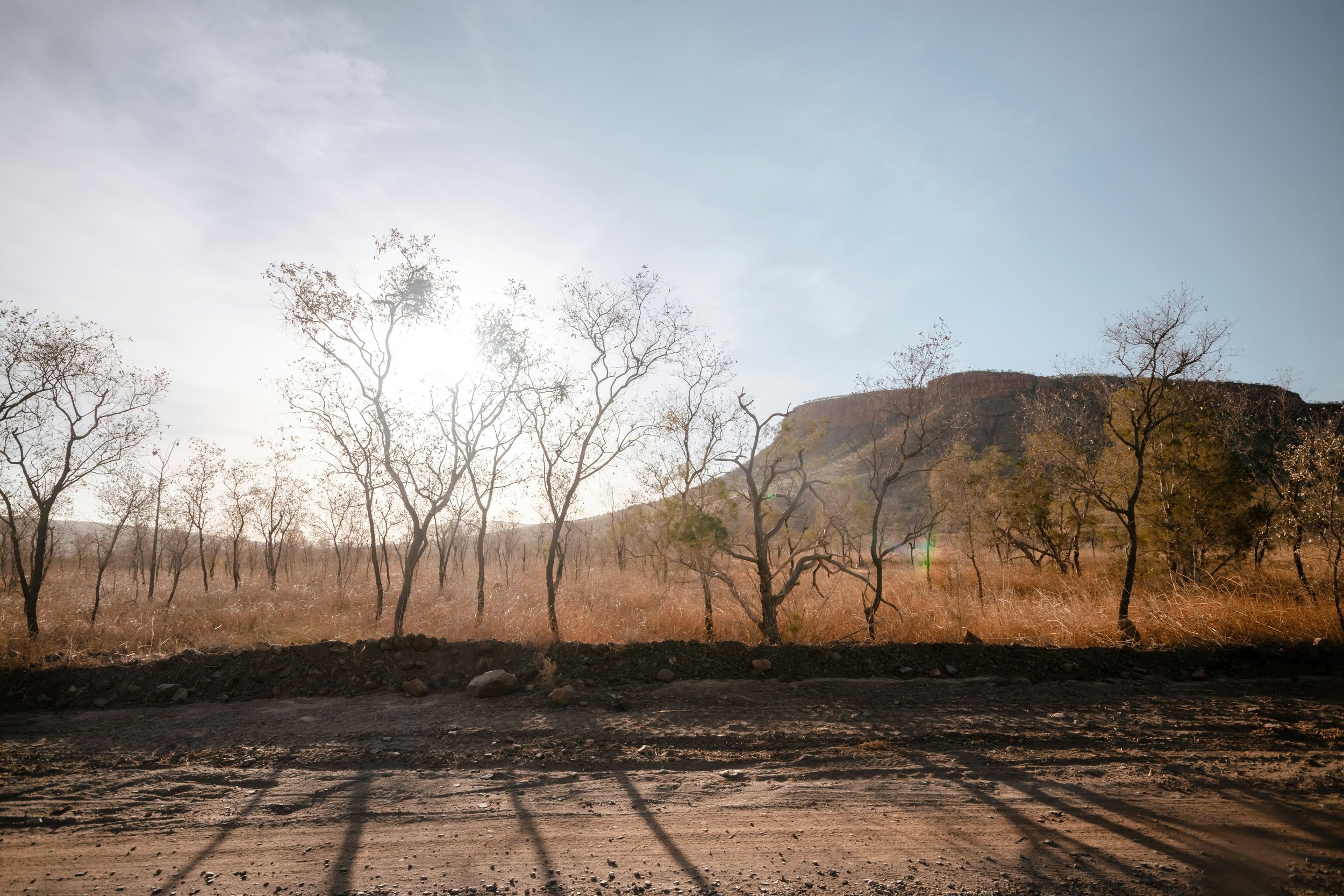
EXPLAINER
EXPLAINER
What is El Nino? and how does it affect global weather patterns?
What is El Niño?
El Niño is a natural climate phenomenon that happens in the Pacific Ocean. It occurs when the ocean's surface gets warmer than usual, and this warmth influences the weather worldwide.
In the normal cycle, trade winds blow from east to west across the Pacific, guiding warm surface water towards Asia and Australasia. This movement creates a cycle where warm water accumulates in the western Pacific, contributing to regular weather patterns.
However, during El Niño, these winds weaken, allowing the warm water to linger in the central and eastern Pacific.
This shift in ocean temperature not only impacts atmospheric conditions but can also lead to unusual weather patterns, such as strong winds and contributing to events like Australian bushfires.
Is climate change making El Niño events worse?
“Our atmosphere is warmer due to climate change and so hot, dry conditions that are associated with El Niño are exacerbated. Whether El Niños are changed or made worse by climate change is a more complex question.”
- Jaci Brown, Climate Intelligence Director CSIRO
El Niño's Effect on Australia
BREAKING DOWN
Drought Conditions
El Niño often brings reduced rainfall, leading to widespread drought conditions across various regions in Australia.
Increased Temperatures
Elevated temperatures accompany El Niño, contributing to heatwaves and extreme heat conditions.
Bushfire Risk:
Dry and hot conditions during El Niño heighten the risk of bushfires, with increased fuel load and favourable fire weather.
Water Shortages:
Decreased rainfall affects water sources, leading to water shortages in many areas.
Agricultural Impact:
Reduced precipitation can impact agriculture, affecting crop yields and livestock.
Ecosystem Stress
Ecosystems face stress due to the combination of heat, reduced water availability, and potential changes in vegetation.
El Niño's influence on Australia is a complex interplay of climatic factors, affecting various aspects of the environment, agriculture, and the potential for bushfire activity.
Understanding How Climate Change and El Niño Fuel Riskier Bushfire Conditions
"Weather conditions conducive to bushfire in Australia have already increased over the past two decades, particularly in the southern and eastern parts of the country. This trend is consistent with the observed increased in forest burned area and megafire seasons.
Projections for the next decades under all future climate scenarios show that fire weather will continue to increase. The length of the bushfire season increases when weather conditions are conducive, and fuels and an ignition source are available."
Chief Research Scientist at CSIRO , Dr Pep Canadell explains,
During La Niña years, Australia acts as a significant carbon sink, absorbing carbon dioxide. However, in El Niño years, the landscape becomes a source of carbon emissions. This change is linked to water availability, as vegetation's ability to capture carbon dioxide depends on water. In strong El Niño events, vegetation struggles to sequester carbon dioxide due to limited water.
Additionally, increased drought conditions in El Niño can raise the risk of bushfires. These fires further boost carbon emissions, creating a feedback loop that amplifies the overall greenhouse gas impact during El Niño years.
Source: Chief Research Scientist at CSIRO , Dr Pep Canadell




